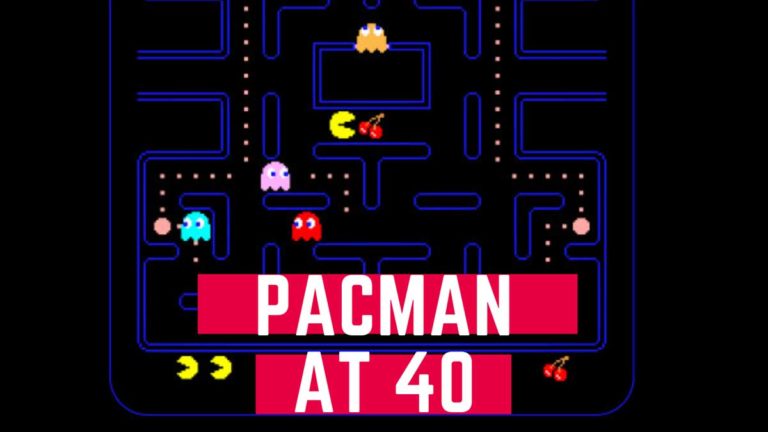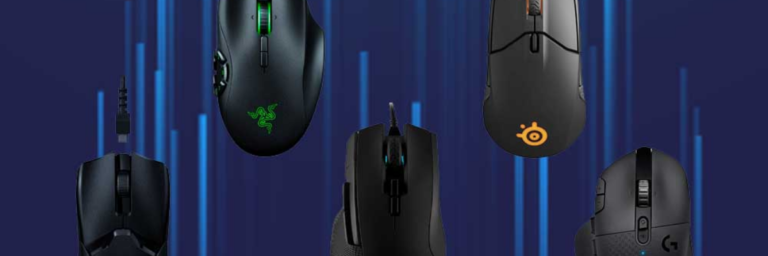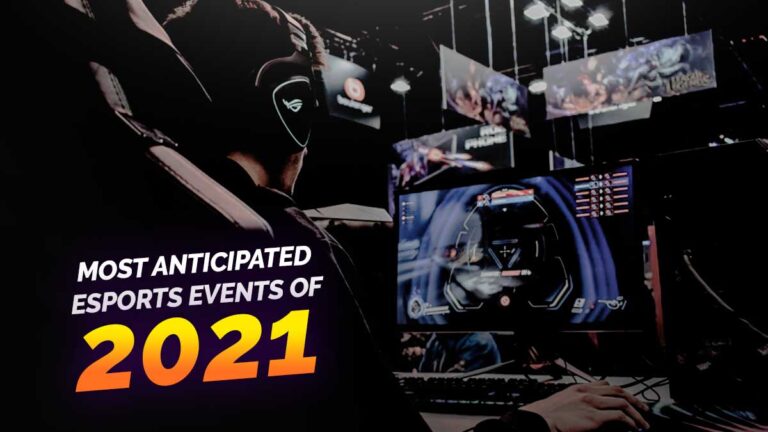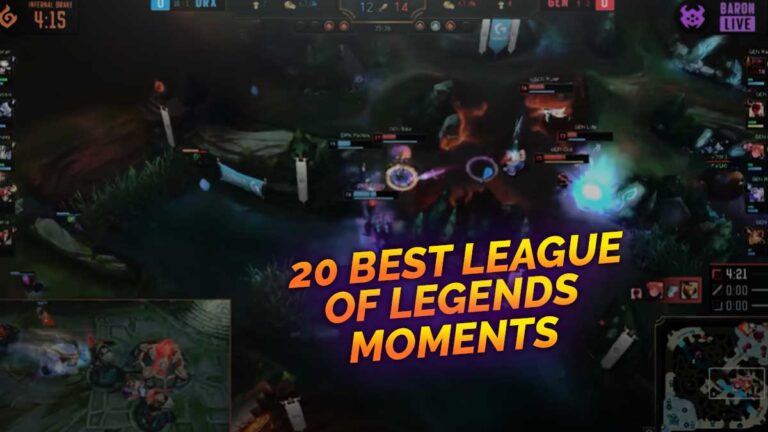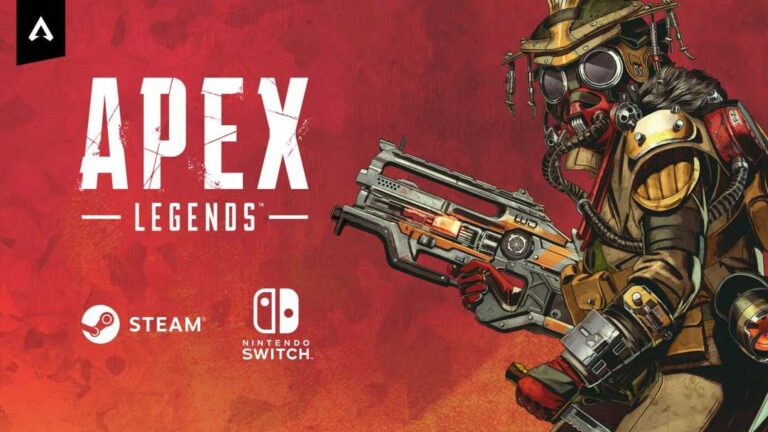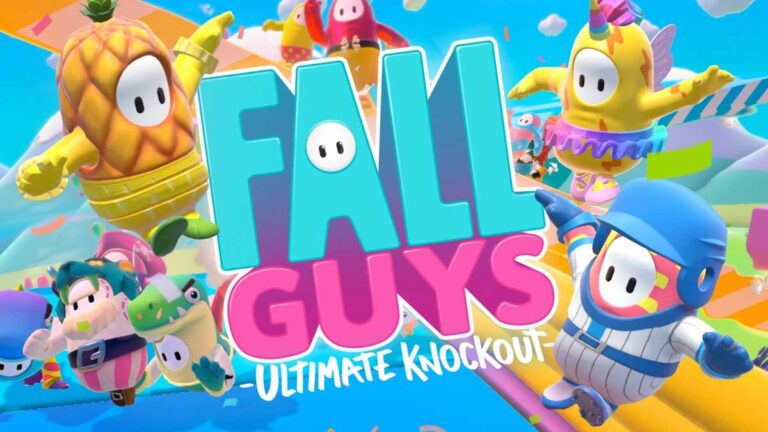On May 21st, 1980, a video game icon made a huge impact on the gaming industry and no one initially expected it would become the most popular arcade game of all-time.
The yellow, pie-shaped Pac-Man character, who moves through a maze trying to eat dots and escape four hunting ghosts, was developed in Japan by Namco and released in the U.S. by Midway. By 1981, approximately 250 million Pac-Man games were played in the U.S. every week on over 100,000 Pac-Man machines. Since then, Pac-Man has been released on almost every video game platform.
Creation of Pac-Man
According to Japanese game designer Toru Iwatani, the game wasn’t called “Pac-Man” back then, but rather “PuckMan,” which offers a glimpse into its origins. “Paku paku taberu” is a popular Japanese phrase for gobbling something up, with “paku paku” mimicking the sound of a snapping mouth and “taberu” meaning “to eat.”
However, when the game was introduced into the U.S, the term “PuckMan” was deemed inappropriate. The game’s American distributor, Midway, worried that the kids would chip off the marquee, flipping the “P” to the “F.” After the name was changed, the game was an instant success, with nearly 300,000 units sold worldwide from 1981 to 1987.
Did you know?
Pac-Man was created to attract female players.
“It seemed very dark,”
Iwatani said of arcades at the time in a 2010 interview with Wired on the game’s 30th anniversary.
“It was for men, it wasn’t fashionable at all. When women would go out, they’d go out in a group of friends or with a boyfriend as a couple. And I realized that if women and couples were going to come to game centers, they had to be cheerful places.”
Did you know?
Pac-Man was inspired by pizza.
According to an interview with TIME Magazine, while drawing up ideas for a food-based game, Iwatani grabbed a slice of pizza from a box and had an epiphany: the remaining pizza slices formed the shape of Pac-Man, and the rest was history (or so the story goes, according to Iwatani).
Playing Pac-Man

Credit: Ina Fassbender/AFP/Getty Images
The action begins with a player controlling Pac-Man using either a keyboard arrow or a joystick. The goal is to move Pac-Man around the maze-like screen to consume 240 dot lines and avoid or attack one of the four hunting ghosts (sometimes called monsters).
The four colored ghosts each have their respective names: Blinky (red), Inky (light blue), Pinky (pink), and Clyde (orange). Every ghost has a different form of attack: for example, Blinky is often called Shadow because it runs the fastest. As the game progresses, the ghosts leave the “ghost cage” in the center of the maze and wander around the board. If Pac-Man collides with a ghost, he loses a life and the game restarts.
Did you know?
“The relationship between Pac-Man and the ghosts is one that’s meant to pit them against each other but only in a very superficial sort of way, that stirs up no real hatred,” Iwatani said in an interview. “It’s a relationship influenced by the ideas of the ‘Tom & Jerry’ cartoons.”
Four power pellets are available at the corners of each level, and if Pac-Man can gobble one of them, the ghosts all turn dark blue and can be eaten by Pac-Man. Once a ghost has been gobbled up, it disappears, and its eyes run back to the ghost cage and reform to fight again. Bonus objects in the form of fruits and other objects may be gobbled up to earn additional points, with different fruits bringing different values. The game ends when Pac-Man has lost all (usually three) of his lives.
High Score Records And Perfect Play
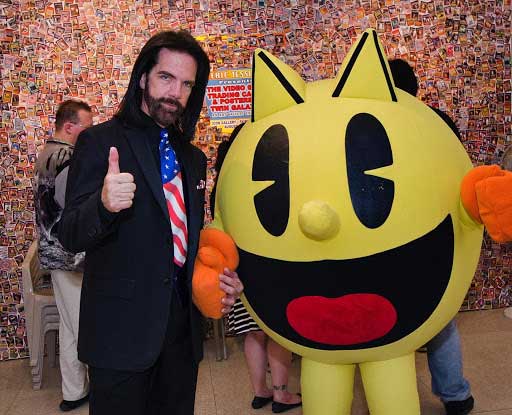
Credit: en.wikipedia.org
David Race of Dayton , Ohio, holds the record for the fastest perfect Pac-Man game, played on January 4, 2012. He scored 3,333,360 points on the 255 levels in three hours, 33 minutes and 1.4 seconds. In 1999, 33-year-old Billy Mitchell’s claim was disqualified when it was discovered that he had used emulation software instead of an arcade machine, in violation of the rules.
Remakes And Sequels

The Pac-Man video game became so successful that within a year, spin-offs were produced and published— some of them unauthorized. The most notable of these was Ms. Pac-Man, which first appeared as an unauthorized version of the game in 1981.
Ms. Pac-Man inspired its own line of remakes, including Ms. Pac-Man Maze Madness (2000), and Ms. Pac-Man: Quest for the Golden Maze, and is also included in many Namco and Pac-Man collections for consoles.
Namco’s own follow-up to the original was Super Pac-Man, released in 1982. This was followed by the Japan-exclusive Pac & Pal in 1983. Midway produced many other Pac-Man sequels during the early 1980s, including Pac-Man Plus (1982), Jr. Pac-Man (1983), Baby Pac-Man (1983), and Professor Pac-Man (1984). Other games include the isometric Pac-Mania (1987), the side-scrollers Pac-Land (1984), Hello! Pac-Man (1994), and Pac-In-Time (1995), the 3D platformer Pac-Man World (1999), and the puzzle games Pac-Attack (1991) and Pac-Pix (2005).
Iwatani designed Pac-Land and Pac-Mania, both of which remain his favorite games in the series. Pac-Man Championship Edition, published for the Xbox 360 in 2007, was Iwatani’s final game before leaving the company. Its neon visuals and fast-paced gameplay was met with acclaim, leading to the creation of Pac-Man Championship Edition DX (2010) and Pac-Man Championship Edition 2 (2016).
Legacy at 40
The Pac-Man character is simply a yellow hockey-puck-shaped eating machine, and its shape and sound have become recognizable icons for people around the world — players and non-players alike.
In fact, Guinness World Records has awarded the Pac-Man series eight records in Guinness World Records: Gamer’s Edition 2008, including “Most Successful Coin-Operated Game”. On June 3, 2010, at the NLGD Festival of Games, the game’s creator Toru Iwatani officially received a certificate from Guinness World Records recognizing Pac-Man influence: having had the most “coin-operated arcade machines” installed worldwide at 293,822 machines.
The record was set and recognized in 2005 and mentioned in the Guinness World Records: Gamer’s Edition 2008, but finally actually awarded in 2010.
Who would have thought that this yellow hockey-puck-shaped eating machine have gained many fans across the globe who are more than willing to purchase Pac-Man T-shirts, mugs, stickers, a board game, plush dolls, belt buckles, puzzles, a card game, wind-up toys, wrapping paper, pajamas, lunch boxes, and bumper stickers.
Truly, this arcade did change the gaming industry, because everyone still enjoys the simplicity of the game. No matter how many decades has passed and how much the industry has evolved— this arcade game remains timeless.

